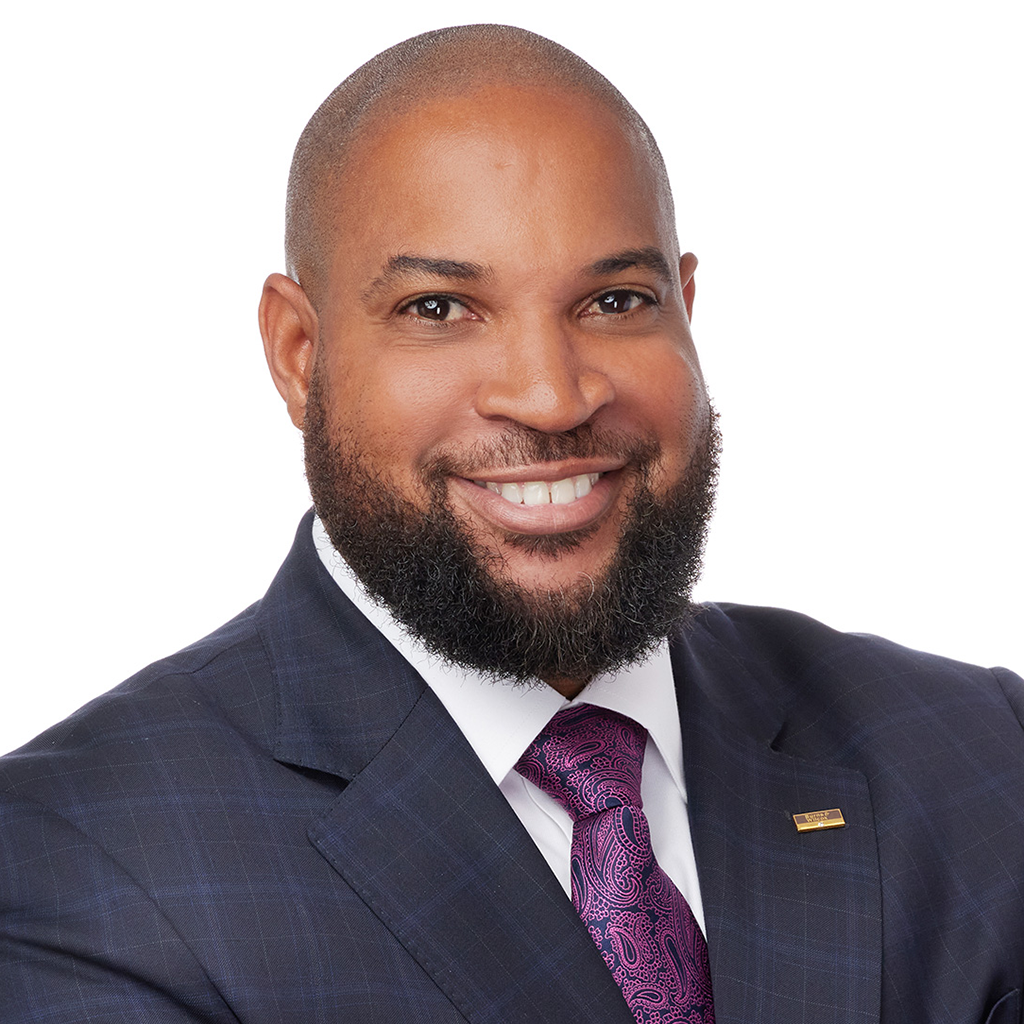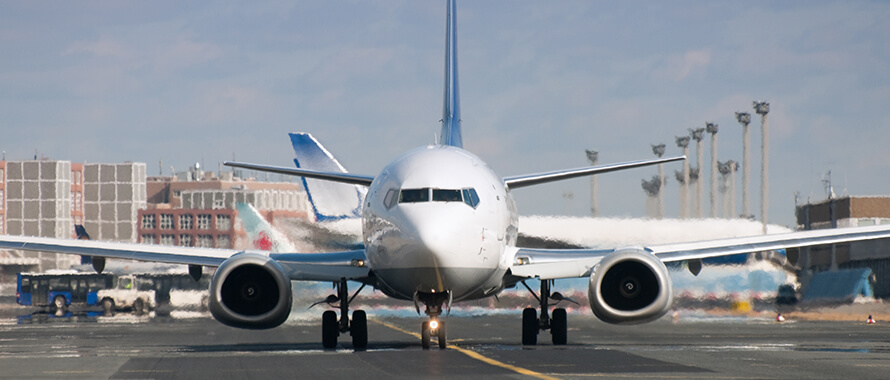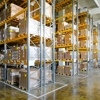After two devastating crashes that resulted in the loss of hundreds of lives, Boeing has grounded its 737 Max planes. Multiple sources have linked the crashes—Lion Air Flight 610 in October 2018 and Ethiopian Airlines Flight 302 in March 2019—to the Maneuvering Characteristics Augmentation System (MCAS), the plane’s automatic safety system, though the U.S. Federal Aviation Administration (FAA) has not yet released final findings.
Boeing has acknowledged that it believes the MCAS is the root of the problem, and has expressed deep regret for the tragic loss of life. On March 14, Boeing paused deliveries of 737s, on April 5 it announced it was slowing 737 Max production and on April 9 CNN Business reported airlines had stopped ordering 737s altogether.
But Boeing is not the only company affected in the wake of these tragic accidents—dozens of the 900-plus companies in Boeing’s massive global supply chain are also impacted. Even companies that supply parts, materials and services ultimately cleared of liability may face mounting costs.
The ripple effect on a supply chain created by business disruption, or by actual or alleged liability for damage, injury, or loss of life is common to many industries, although aviation manufacturing and its supply chain are unique, particularly with respect to insurance considerations.
“The cost implication for defense could be astronomical for an event of this magnitude,” said Rahmad Bauldrick, Brokerage Manager, Professional and Executive Liability Center of Excellence, Burns & Wilcox, Chicago, Illinois.
Boeing and its suppliers: exposures past and present
Boeing has grounded planes to pinpoint malfunctions before. In 2013, batteries in two Boeing 787 Dreamliners malfunctioned, one overheating and the other catching fire. The Dreamliners were grounded for 123 days, until the airline addressed the problem by increasing space between batteries and adding a steel casing designed to contain fire. In its December 2014 report on the incidents, the National Transportation Safety Board (NTSB) faulted battery manufacturer GS Yuasa for manufacturing methods that caused defects not revealed during inspection; Boeing engineers for failing to anticipate and test for worst-case battery failures; and the FAA, for not considering the potential battery hazards or requiring testing as part of its certification of the 787.
On April 8 the family of a crash victim filed a lawsuit against Ethiopian Airlines, Boeing and Rosemount Aerospace, which manufactured the “angle of attack” sensor for the 737 Max. Boeing suppliers worldwide may soon face major disruptions in their business as well as liability lawsuits, which must be defended regardless of actual culpability. In Canada alone, there are 560 Boeing suppliers that contribute more than CA$4 billion annually to the country’s economy. While many Canadian suppliers have not commented on potential effects of the crash on their businesses, the slowdown in 737 Max production has the potential to cause widespread economic distress.
Supply chains mean shared liability
Recent high-profile product liability lawsuits show that Boeing’s current predicament is not uncommon.
Since 2013, millions of vehicles from various manufacturers have been recalled due to safety hazards posed by potentially defective Takata airbags. Just last month, Honda recalled over 1 million vehicles and Toyota and Lexus recalled over 1 million in January. The fallout from the recalls and legal settlements paid to victims, victims’ families and clients forced Takata into bankruptcy in 2017. And automakers bore the financial cost of recalling and repairing vehicles, as well as defending and settling lawsuits, though the court ruling found Takata liable for the defective airbags.
In another recent case in news headlines, on April 6 former U.S. Senator Harry Reid lost his lawsuit against the makers of TheraBand alleging the company’s liability for an injury that left him blind in one eye, which he says he sustained while using the exercise band. Though the jury ultimately rejected Reid’s lawsuit, the band’s manufacturers were forced to pay to defend it.
According to Marc Adler, Managing Director, Burns & Wilcox Brokerage, Scottsdale, Arizona, “Until they do a full evaluation of the failure of the product to determine what the cause was, anybody associated with that product is going to get drawn into (related lawsuits).” For consumer product companies, protecting themselves with the right Products Liability Insurance coverage can determine whether or not the business will withstand a crisis.
Costs to companies can go beyond the initial legal defense, particularly for companies that supply components essential to end products manufactured by other companies. “If your product fails, you not only have the product liability that is associated with your product failing,” Adler said, “you have a business interruption component (because your customer cannot) complete their product.”
Comprehensive coverage is available in many forms
There are three mainstay coverages that, combined, will help properly protect a manufacturer regardless of where they fall in the supply chain, according to Adler: Product Recall Insurance coverage, Manufacturers Errors & Omissions (E&O) Insurance coverage, and Products Liability Insurance coverage.

If your product fails, you not only have the product liability that is associated with your product failing, you have a business interruption component (because your customer cannot) complete their product.
Product Recall Insurance coverage is typically associated with consumable products, Adler said, but can help protect manufacturers of all types. “(Product Recall Insurance policies) can be written on many different types of products,” Adler said. Should a manufacturer need to recall a product, having Product Recall Insurance coverage can help keep the company going throughout the process. “Product Recall Insurance coverage will cover not only having to bring the product back, but it can have a third-party component, which will pay for the economic damage (to a supplier from a slowdown or stoppage in its customer’s production).”
For more intangible products or components, such as software, design, and associated communications, manufacturers can protect themselves with Manufacturers E&O Insurance and/or Technology E&O Insurance policies. According to Bauldrick, E&O Insurance coverage offers protection against financial losses resulting from alleged wrongdoing or negligence related to products or services a company provides to a third party.
“Even when you are working with companies that have a wealth of knowledge and expertise in a certain area,” Bauldrick said, “there is always (a potential for) error.” Problems resulting from a company’s alleged failure to provide adequate training on using one of its products or components could fall under a Manufacturers E&O Insurance or Technology E&O Insurance policy, Bauldrick explained. Should an end user allege a manufacturer failed to clearly and fully communicate proper use of its product or component, or neglected to give proper warning of potential hazards, such a policy could apply, he added.
To manage exposures resulting in direct damage, injury or loss of life, Products Liability Insurance coverage is typical, Adler said. Products Liability Insurance can help companies stay afloat during even a worst-case product liability scenario. Products Liability Insurance coverage applies whether or not a policyholder creates an end-use product or manufactures a component of an end-use product manufactured by another company.
Accidents, damage and business interruption caused by product failure can wreak havoc on all involved parties, whether liability for the failure is actual or perceived. Consulting an expert and investing in the proper coverage to manage losses, minimize disruptions and cover associated costs for defending and settling lawsuits is the best way to ensure that everyone from the end user to the smallest business in the supply chain is protected when something goes wrong.
“Regardless of the size of your company, large or small, as a supplier you still have the exposure,” Adler said.







